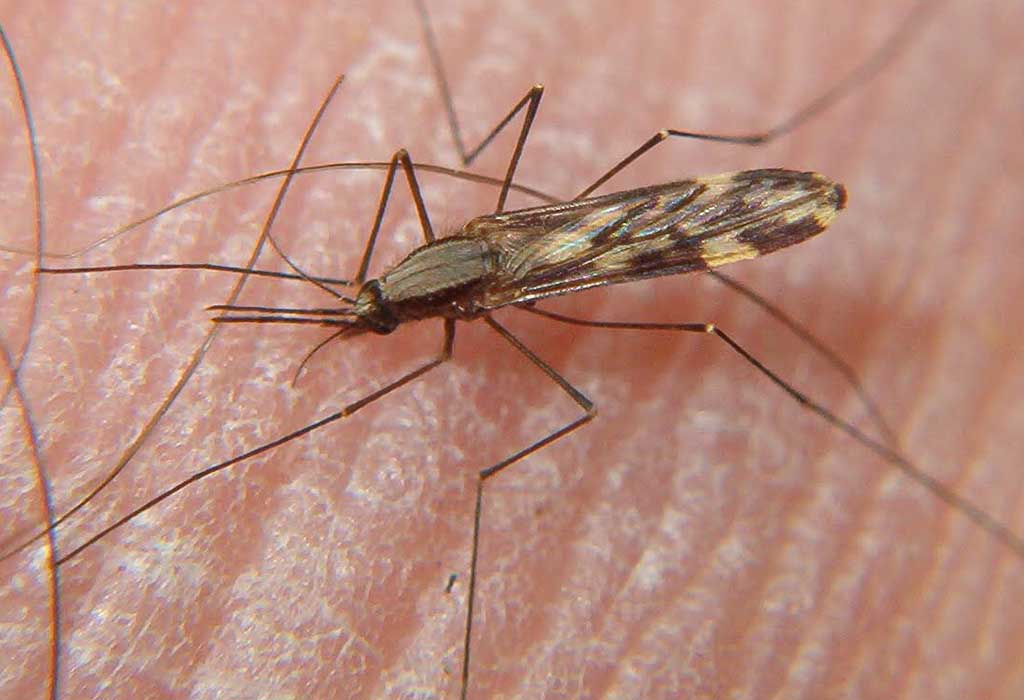Climate change shifting the boundaries of infectious diseases
An increase in average global temperature and even greater increases in some regional temperatures will possibly change the boundaries of some infectious diseases. Many diseases are transmitted between humans by other ‘vector’ organisms such as mosquitoes, midges and ticks. The vector for malaria, for example, is the Anopheles mosquito. Human susceptibility to vector-transmitted diseases depends on the relationships between the infectious microbe, its host organism, and humans, all of which can be affected by climate change.
Increased temperatures and changing rainfall patterns may open up areas that were previously too cold or too dry for various vectors. This expansion of their habitat and seasonal activity increases the geographic spread of the diseases they carry. For example, regional warming over recent decades in the highlands of eastern Africa has resulted in the gradual expansion of malaria to higher altitudes. However, in other areas of Africa, if rainfall decreases, the climate will likely become too dry for mosquitoes, which would lead to a decrease in malaria.

Malaria kills between one and two million people every year, mainly in tropical Africa, and debilitates up to 400 million others. Malaria is also highly prevalent in Papua New Guinea. This disease is caused by single-celled parasites of the genus Plasmodium, which Anopheles mosquitoes transmit from person to person. Scientists think that climate is the biggest factor affecting malaria distribution—both the mosquitoes and the parasites prefer warm, humid conditions. Mosquito control measures are largely responsible for limiting the distribution of malaria in other tropical regions.
Malaria was once endemic in parts of northern Australia, but was eradicated by control measures and changes to water supply practices. Only a dozen or so locally acquired cases have been reported since 1962. Modelling suggests that climatic conditions are currently suitable for the survival of both the parasite and its mosquito vector in the very north of the continent. Under a warmer and wetter climate change scenario, the malaria-receptive zone could spread down the coast to southern Queensland by 2050—including to towns such as Rockhampton, Gladstone and Bundaberg—and into the coastal hinterland. Under a warmer and drier scenario, the disease could still be transmitted in southern Queensland, but would be more limited to the coastal zone and islands. In either case, malaria is unlikely to constitute a major direct threat to human health in Australia under climate change as long as we place a high priority on prevention by maintaining and extending public health and local government infrastructure.
A similar increase in the potential distribution of dengue fever in Australia is predicted, which would probably be a greater threat to public health. This is because dengue is transmitted by a genus of mosquito (Aedes aegypti) that can breed in urban environments, increasing the risk of exposure, and because no treatments are available to reduce the period in which victims are infectious.
Research from Sweden shows that the tick Ixodes ricinus, a vector for encephalitis, has expanded its habitat northwards and to higher altitudes as winters have become warmer. The numbers of roe deer, which are a host animal for the tick, have also increased. However, along with habitat expansion there may also be habitat shrinkage. For the disease schistosomiasis, which is transmitted by snails, it has been found that while climatic shifts in China may increase the area suitable for the disease-carrying snails, in Africa the snails’ habitats may actually diminish.





